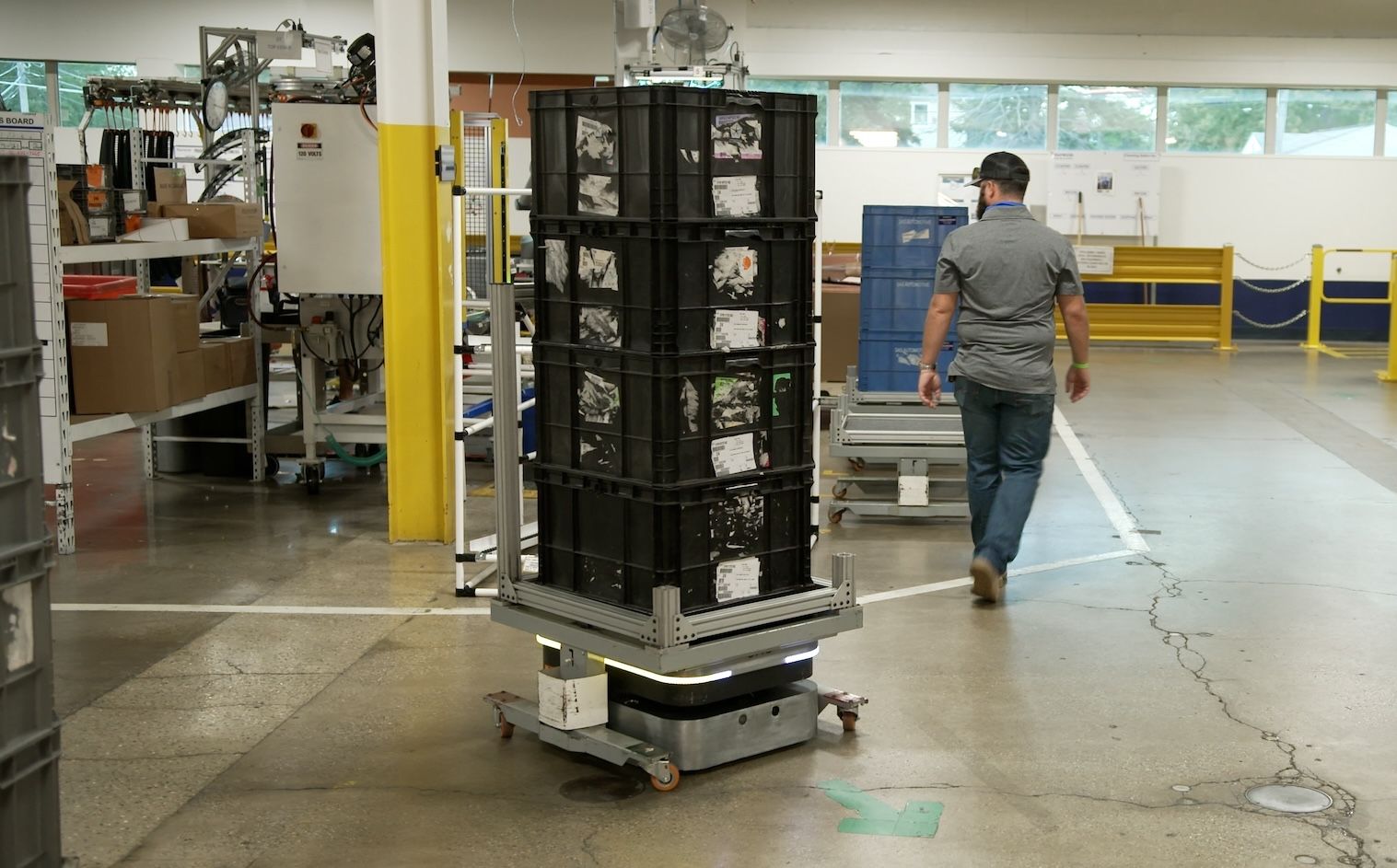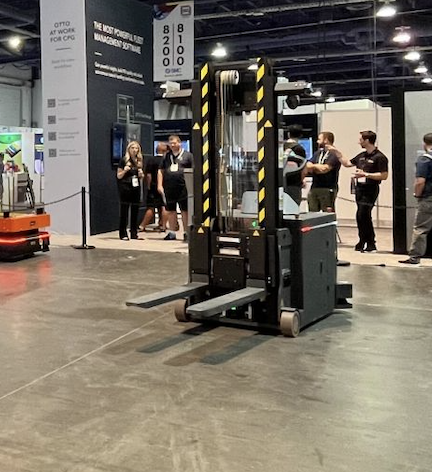Blog
'Tis the season of high demand and few available workers to meet it

With the holiday season upon us, factories and warehouses are feeling the impact of the increase in gift purchases and the decrease in available labor. From clothing to electronics to automobiles, all industries have a high demand for their products, but are unsure of how to most efficiently meet these needs.
Holiday sales are expected to be even higher than last year
Holiday shopping generally begins to escalate in October, but the full effects are felt by manufacturers and retailers in November and December. According to PwC’s 2023 Holiday Outlook, shoppers are expected to spend 7% more this holiday season than they did last year.

Image 1: According to PwC, overall holiday spending has been rising over the past 8 years, reaching a peak for 2023.
Sales during the holiday season represent 20% of a retailer’s annual revenue across most industries, according to the National Retail Federation, but can rise to more than 30% in some industries. Due to the projected increase in purchases and revenue, factories and warehouses often turn to hiring temporary workers to keep up with demand.
Seasonal workers are in high demand and low supply
Due to the greater demand for products around the holiday season, companies often find themselves with additional positions available, but no one to fill them. In 2022, more than 500,000 seasonal workers were hired for the holidays in the U.S. Target alone expects to hire 100,000 additional seasonal employees for the holiday season this year.
However, finding these workers is becoming increasingly challenging. With unemployment in the U.S. at its lowest in 54 years, there aren’t enough workers to fill these jobs, resulting in over half of new manufacturing jobs projected to be created by 2028 going unfilled.
As the same struggle of finding workers to fill seasonal positions repeats itself year over year, companies must look to other solutions to manage the annual increase in demand for all holiday seasons to come.
The solution: automation in factories and warehouses
Many companies invest in robotics and automation in order to manage the increasing demand around the holiday season, especially given the popularity of online shopping. For example, Gap Inc. is using automated arms and AI in warehouses to sort retailer’s clothing orders, while Walmart is testing robots that roam store aisles checking inventory.
Due to this labor shortage, you're going to see an acceleration of the automation trend, which is already growing rapidly.
Spencer Levy
Head of Research in the Americas, CBRE
Faster delivery will be more important than ever this holiday season, with e-commerce sales breaking records last winter and a similar projection for this year. Automating material transport will allow current workers to focus on value-added tasks, improving flexibility and efficiency, and completing products faster. Additionally, automation can work for longer hours, increasing efficiency even more, due to advanced technology that allows autonomous mobile robots (AMRs) to optimize on charging opportunities.
Specifically, logistics companies such as UPS relied on Industry 4.0 technology to increase processing speed and ship packages faster. The efficiency of automation contributed to 97%+ of UPS’s 35 million packages per day being delivered on time for the holidays.
Factories and warehouses also need to be prepared for a global increase in year-long shopping by implementing robotics and automation into their operations.
Implementing automation during the holiday season will certainly be temporarily beneficial, but automation can also help companies long-term. With the popularity of "Amazon Prime Days" and "Black Friday in July" sales, global shopping trends have shifted. With more than 50% of shoppers beginning their holiday shopping before November, it’s certainly important for manufacturers to be prepared for year-long demand changes.







